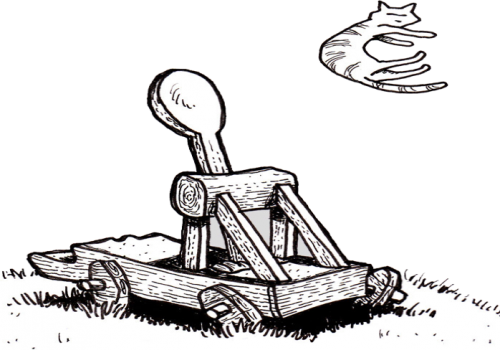
In collaboration with Rob Schoelkopf’s group, our paper on controlled release of multiphoton quantum states from a microwave cavity is published in Nature Physics.
Signal transmission loss in a quantum network can be overcome by encoding quantum states in complex multiphoton fields. But transmitting quantum information encoded in this way requires that locally stored states can be converted to propagating fields. Here we experimentally show the controlled conversion of multiphoton quantum states, such as Schrödinger cat states, from a microwave cavity quantum memory into propagating modes. By parametric conversion using the nonlinearity of a single Josephson junction, we can release the cavity state in500 ns, about three orders of magnitude faster than its intrinsic lifetime. This mechanism—which we dub Schrödinger’s catapult—faithfully converts arbitrary cavity fields to traveling signals with an estimated efficiency of >90%, enabling the on-demand generation of complex itinerant quantum states. Importantly, the release process can be precisely controlled on fast timescales, allowing us to generate entanglement between the cavity and the traveling mode by partial conversion.
External link: http://www.nature.com/nphys/journal/vaop/ncurrent/abs/nphys4143.html